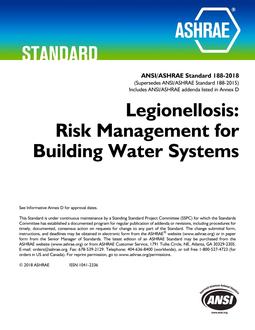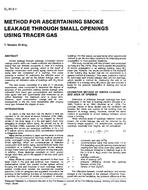Desiccant dehumidification systems, which are used to reduce the moisture (latent load) of the conditioned air in buildings, are typically specified on the basis of grain depression (pounds of water removed per hour) for a given volumetric flow rate of air at a specified dry-bulb or wet-bulb temperature. While grain depression gives some indication of the performance of the system, it does not adequately describe the efficiency of the moisture removal process. Several operating parameters, such as desiccant wheel speed, regeneration temperature, volumetric air flow rate, wheel thickness, sector angle, and desiccant loading, affect the ability of the desiccant dehumidification system to remove moisture. There are so many design parameters that influence the operation of a desiccant system that it is difficult to quantify the impact from the interactions on system performance. The purpose of this study is to investigate the impact of varying some of these operating parameters on the performance of a desiccant dehumidification system and to report the results using more quantitative measures, such as latent capacity and latent coefficient of performance (COP), that better describe the efficiency of the moisture removal process. The results will be used to improve the understanding of the operation of desiccant systems and to optimize their performance by changing certain operating parameters or improving components. Two desiccant loadings were tested; one at normal production level and the other with 25% more desiccant applied to the wheel. For both desiccant loadings, the latent capacity and COP increased as desiccant wheel speed increased. As expected, latent capacity improved significantly as air flow rates increased. It is noted, however, that the efficiency (latent COP) was quite sensitive to air flow rate and showed a maximum at a particular flow rate that best matched the other operating/design conditions of the system. Finally, higher regeneration temperatures resulted in significant increases in latent capacity for both desiccant loadings, with little or no change in latent COP. Therefore, cost-effective means of achieving higher regeneration temperatures should be investigated.
Units: Dual
Citation: ASHRAE Transactions, vol. 106, pt. 1
Product Details
- Published:
- 2000
- Number of Pages:
- 8
- File Size:
- 1 file , 170 KB
- Product Code(s):
- D-7301


